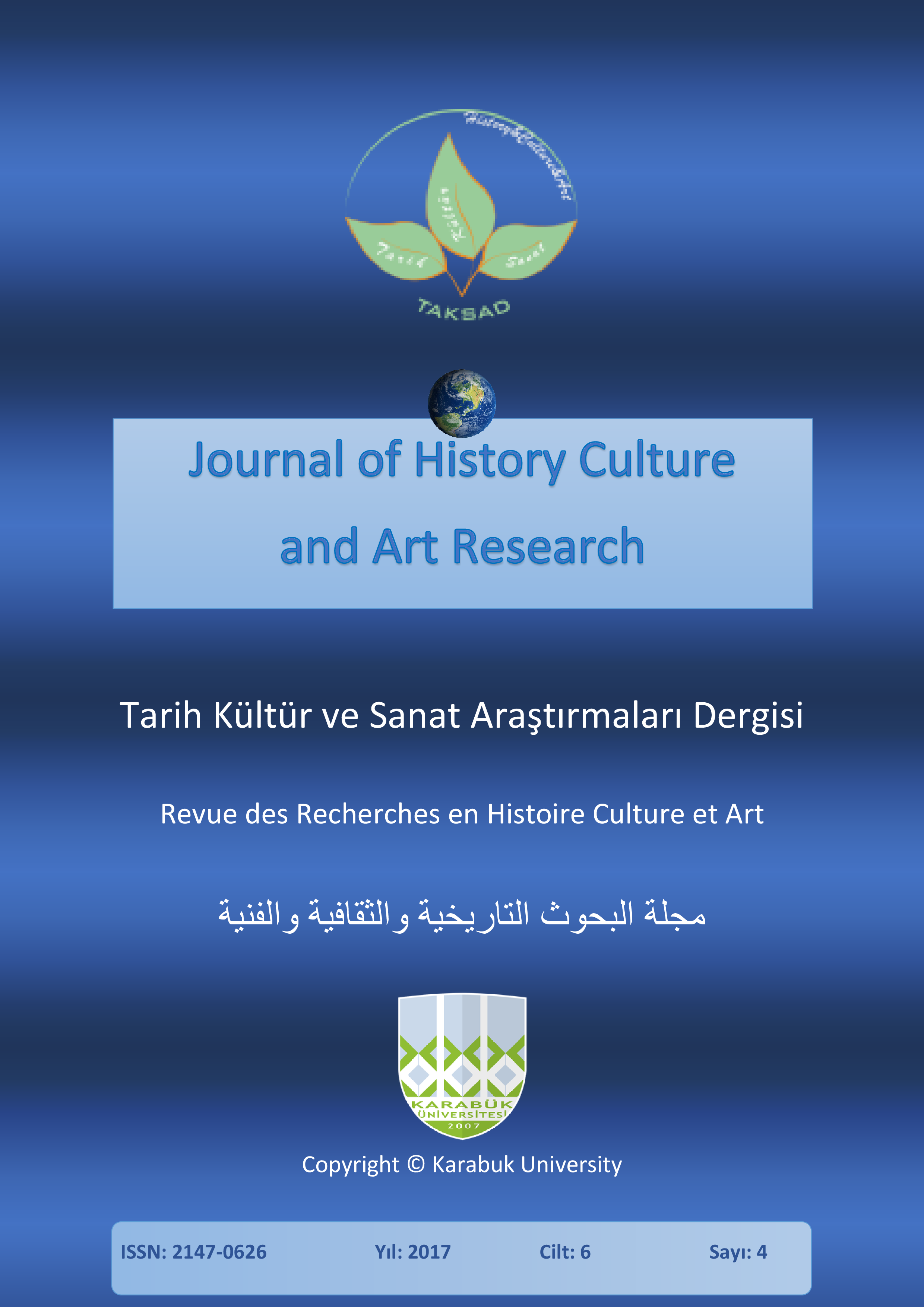Water in Architecture and its Usage in Contemporary Houses Interior Design
DOI:
https://doi.org/10.7596/taksad.v6i4.1138Keywords:
Semantics, Water, Architectural design, Interior spaces, Contemporary houses.Abstract
As one of the most fundamental natural elements, water has had a great share in the formation and architecture of architectural buildings. This research examines the effect of water and its presence in contemporary houses. Architecture is not merely a tridimensional compound of forms in space, but a manifestation of a sense or a thought in it. According to Feng Shui, the building where we live in can be the cause of balance and health for human being. As a whole, anything around us has active and mobile energies; by designing a building in a way that positive energies can follow around easier, one can easier bring happiness for the dwellers. Feng Shui is based on the harmony among five elements of water, wind, soil, fire and metal. Because of its stream, water removes negative energies and revives and mobilizes positive ones thereby having a great impact on the current of energies. Considering the fact that contemporary houses are small in space, designer does not feel free in the usage of water in internal spaces, thus he/she should utilize patterns that resemble or associate the feeling of water in the living environment. Conceptual, functional and aesthetic basics of water have been examined first via library studies and note taking from various papers and books. Then, the three qualities would be analyzed in Iranian architecture, and the properties of past people will be examined to emphasize material, spiritual and psychological aspects of water. Then, I will assess the philosophical basics of Feng Shui in using water for interior spaces via a qualitative method and content analysis, usage of water based on Feng Shui in interior design and decoration of homes. Considering these concepts, natural possibilities of water in interior architecture and its limitations in interior space design would be assessed and recognized. Finally, some patterns would be presented to use water in interior spaces of contemporary apartments.
References
Alam-al-Hoda, Hoda (2003). Water in Persian architecture. The months of art, 57-58, Tehran.
Amid, Hassan (1981). Persian culture. Tehran: Amir Kabir Publications.
Amini, Charan Singh & Babaei, Parvin (2013). Capacity of the fountains in designing internal architecture Iranian third national pioneer internal architecture and decoration. Isfahan: Training institute for great students.
Aminian, Seifallah (2008). Hozkhaneh, Volume 2., Conference of architecture and Urban design in Iran, Tehran.
Bolkhari Ghahi, Hassan (2005). The symbol of a Gaul. Tehran: Hassan Aphra Publications.
Darya, Dadvar-Hasan (2009). Combination of animals in the art of ancient Iran. Tehran: University Basij Publications.
Honarfar, Grace (1984). Two famous historical Isfahan. In Asiyeh Javadi (compiler), Architecture of Iran, (1), Tehran.
Hong-Key Yoon, Lanham (2006). The culture of fengshui in Korea: An Exploration of East Asian Geomancy. Lanham: Lexington Books.
Jewel, Parham (2001). Remedies of water in the history of the Persian Gulf. National committee of irrigation and drainage of Iran national treasures of water of Iran in Tehran.
Kang, M. J.; Khodadadifard, M., & Afandizadeh, S. (2017). Providing a Decision-Making Method for Evaluation of Exclusive BRT lanes Implementation Using Benefit-Cost Analysis–Case Study: Tehran BRT line 4. Journal of Civil Engineering and Materials Application, 1(1), 8-15.
Kasraian, Nasrallah (2002). Architecture of Iran. Tehran: Agah publication.
Kiani, Mohammad Yousef (2000). Literature of tiles and ceramics in Iran. Tehran: Breeze of knowledge.
Knowledge, James (1990). Persian garden, 18-19. Tehran: The organization of cultural heritage of the country.
Koh, YunJu Lee (2006). Healing interior: using eastern design principles in hotel design. Virginia Commonwealth University, Richmond, Virginia.
Litkouhi, Sanaz & Litkouhi, Sachli (2013). Water, the presence of the sacred and translucent art, check the holder of the water in the Iranian architecture. Islamic literature and art, religious, 4.
MacDougall, Elizabeth (1976). Medieval Gardens. Washington: Dumbarton oaks.
Mirshokraei, Mohammad (2010). Man and water in Iran (research entities people), marvelous treasures water National Iran. Tehran.
Momeni, A. F. (2013). Effect of concrete properties and prestressing steel indentation types on the development length and flexural capacity of pretensioned concrete members (Doctoral dissertatio), Kansas State University, College of Engineering.
Musavi, Fereshteh Saliva (2013). Spplying our core element of water in the internal design based on the philosophy of Feng Shui in bathroom. Third national pioneer internal architecture and decoration, Isfahan, training institute for great students.
Naghi, Mohammad (2003). Specification of water in the Iranian culture and its effect on the shape and environmentally friendly atmosphere. Quarterly environment, 32.
Nasr, M. (1973). Forward to the sense of unity in Ardalan. Laleh: Nader and Bakhtiar.
Nazarzadeh, Mehdi (2006). Value of water in Quran and the Islamic historic narrations relate. Water and sewage in Qom province.
Parvin, Ardalan (2000). Rare and Saipa heaved a sigh, tulip. Isfahan: Unity publication.
Pirnia, Mohammad Karim (1993). Learn the architecture of Islamic Republic of Iran. Tehran: Soroush publication.
Sterlin, Henry (1998). Isfahan, snapshot from heaven. Tehran: Publications farzan day.
Walters, K. (n.d.). Feng shui and publishes neighborhood, chap 3. Creation, 12.
Wei, Shou-Jung (2006). Body, Mind and Spirit: Feng Shui Applications for a Healing Environment Prototype. Thesis of Master of Science. Florida State University, Tallahassee, Florida.
Downloads
How to Cite
Issue
Section
License
All papers licensed under Creative Commons 4.0 CC-BY.- Share — copy and redistribute the material in any medium or format
- Adapt — remix, transform, and build upon the material for any purpose, even commercially.
Under the following terms:
Attribution — You must give appropriate credit, provide a link to the license, and indicate if changes were made. You may do so in any reasonable manner, but not in any way that suggests the licensor endorses you or your use.
- No additional restrictions — You may not apply legal terms or technological measures that legally restrict others from doing anything the license permits.







